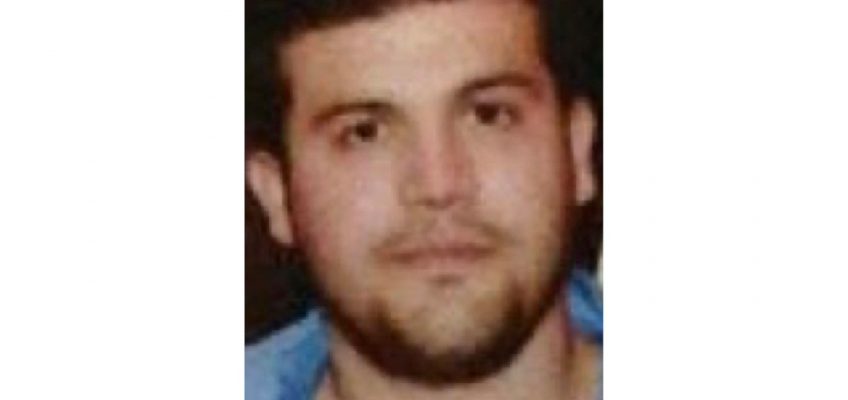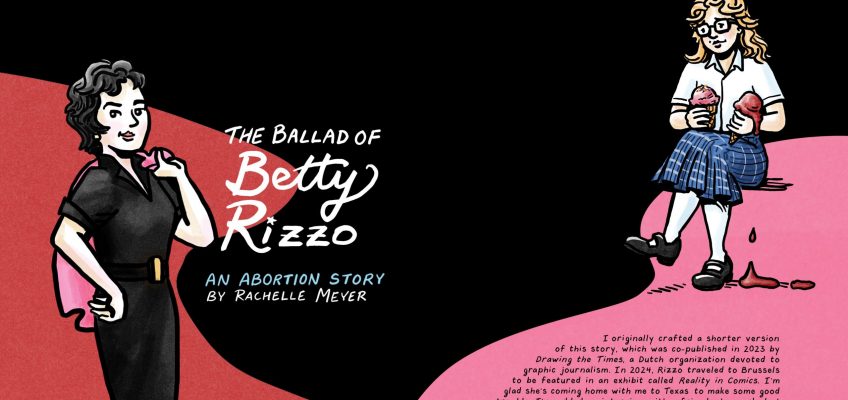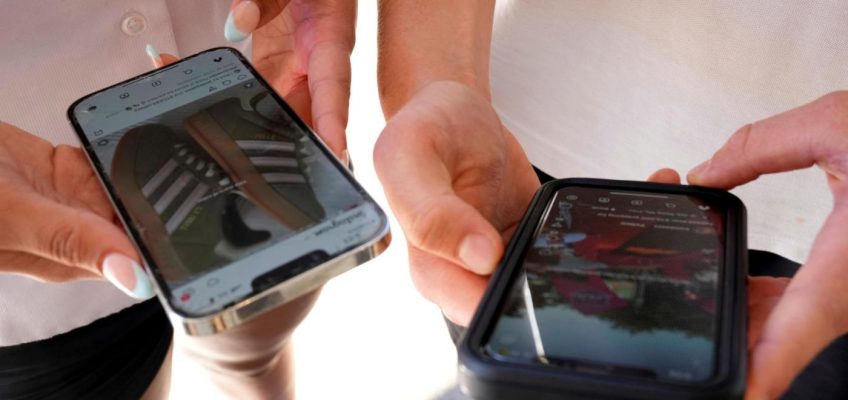By CHRISTINE FERNANDO, Associated Press
CHICAGO (AP) — A son of notorious Mexican drug kingpin “El Chapo” was set Monday to change his not guilty plea in a U.S. drug trafficking case, months after his brother entered a plea deal.
Joaquin Guzman Lopez had been scheduled to be in court Monday in Chicago for a status hearing, but a court document said the appearance would now be a change-of-plea hearing. The document didn’t say whether he would be pleading guilty, and Jeffrey Lichtman, Joaquin Guzman Lopez’s attorney, did not immediately respond to a request for comment.
FILE – This image provided by the U.S. Department of State shows Joaquín Guzmán López after he was arrested by U.S. authorities in Texas. (U.S. Department of State via AP, File)
Known locally as the “Chapitos,” or “little Chapos,” Joaquin Guzman Lopez and his brother, Ovidio Guzman Lopez, are accused of running a faction of the Sinaloa cartel. Federal authorities in 2023 described the operation as a massive effort to send “staggering” quantities of fentanyl into the U.S.
Joaquin Guzman Lopez and another longtime Sinaloa leader, Ismael “El Mayo” Zambada, were arrested in July 2024 in Texas after they landed in the U.S. on a private plane. Both men have previously pleaded not guilty to various drug trafficking, money laundering and firearms charges.
Their dramatic capture prompted a surge in violence in Mexico’s northern state of Sinaloa as two factions of the Sinaloa cartel clashed.
Related Articles
When formal systems stop working, neighbors turn to each other in what many call ‘mutual aid’
How to watch the last supermoon of the year
Tumbling crypto stocks threaten end to Wall Street’s 5-day winning streak
Why Cyber Monday could break spending records despite economic uncertainty
Luigi Mangione fights to exclude gun, notes as anniversary of UnitedHealthcare CEO’s killing nears
Ovidio Guzman Lopez was the first son of drug lord Joaquin “El Chapo” Guzman to enter a plea deal, for which he admitted to helping oversee the production and smuggling of large quantities of cocaine, heroin, methamphetamine, marijuana and fentanyl into the United States, fueling a crisis that has contributed to tens of thousands of overdose deaths annually.
Ovidio Guzman Lopez pleaded guilty to drug trafficking, money laundering and firearms charges tied to his leadership role in the cartel. Legal experts called the plea deal a significant step for the U.S. government in their investigation and prosecution of Sinaloa cartel leaders.
Joaquin “El Chapo” Guzman is serving a life sentence after being convicted in 2019 for his role as the former leader of the Sinaloa cartel, having smuggled mountains of cocaine and other drugs into the United States over 25 years. The brothers allegedly assumed their father’s former role as leaders of the cartel.




